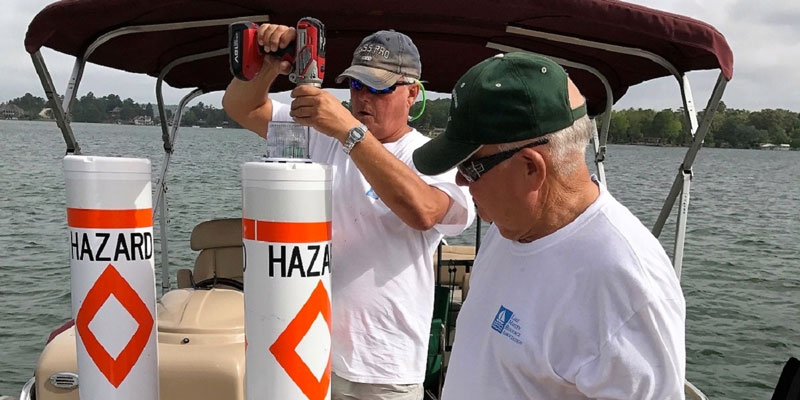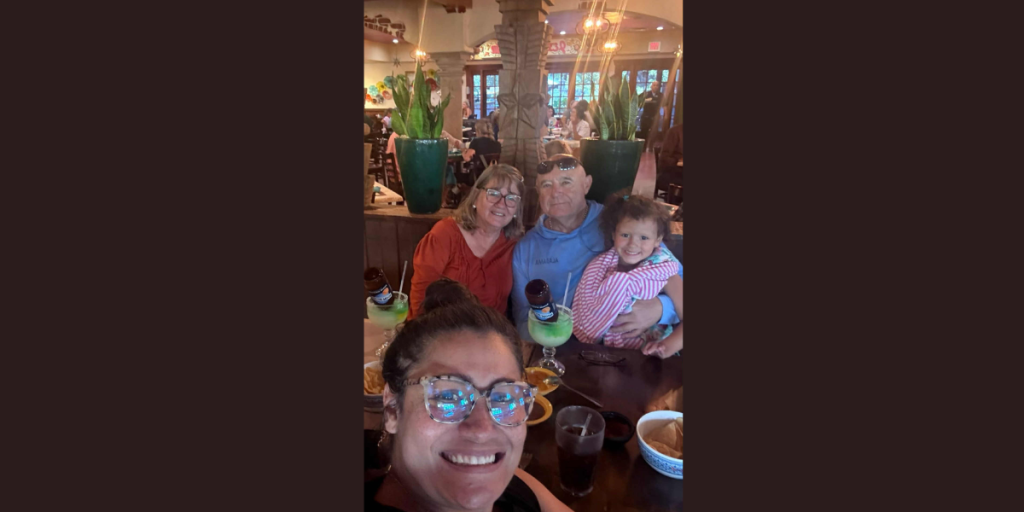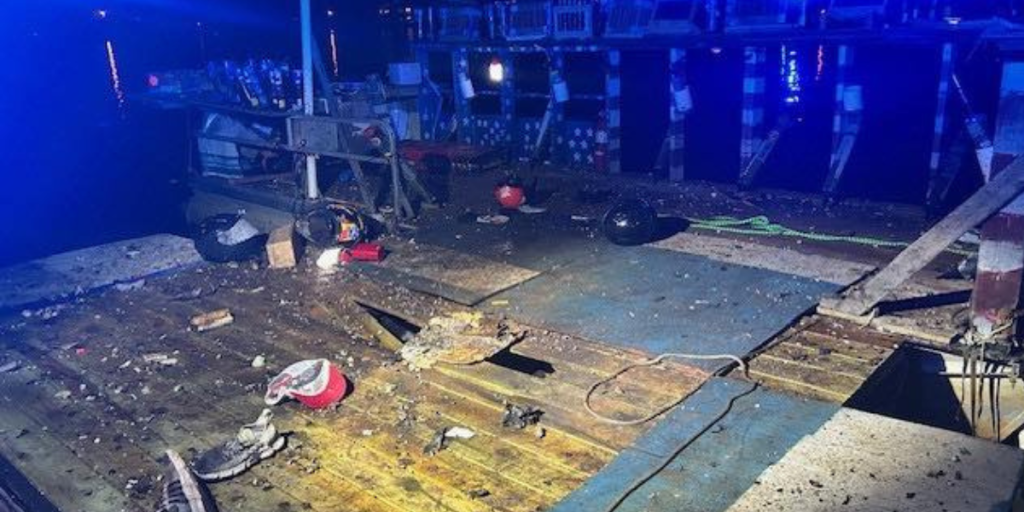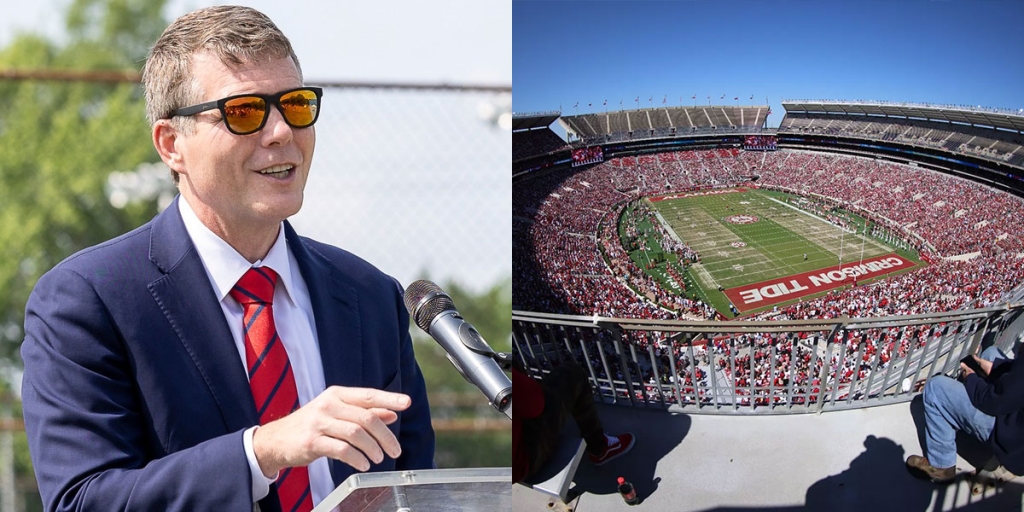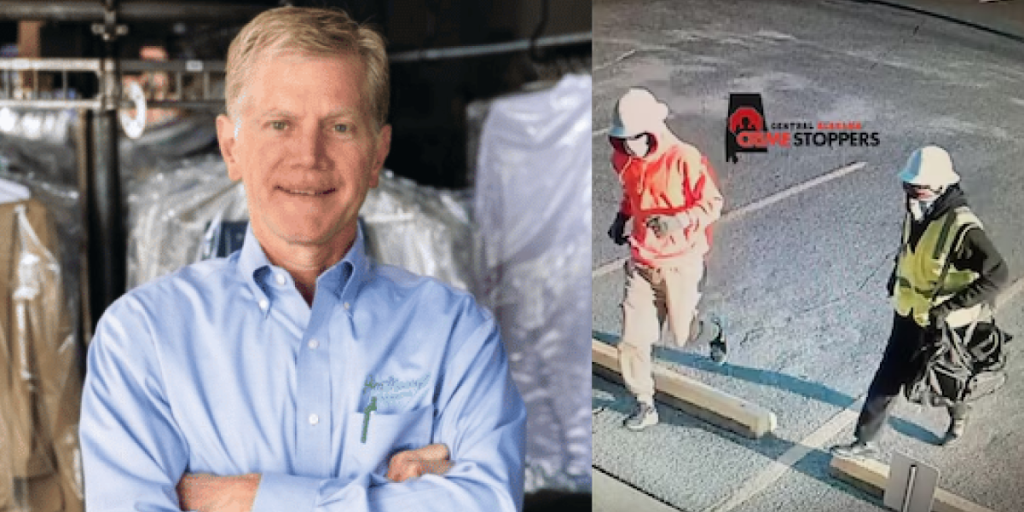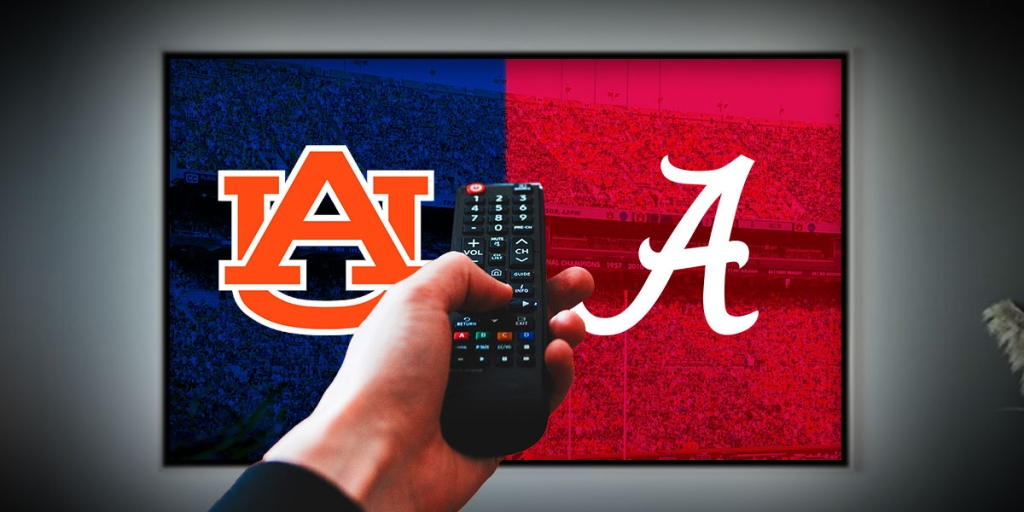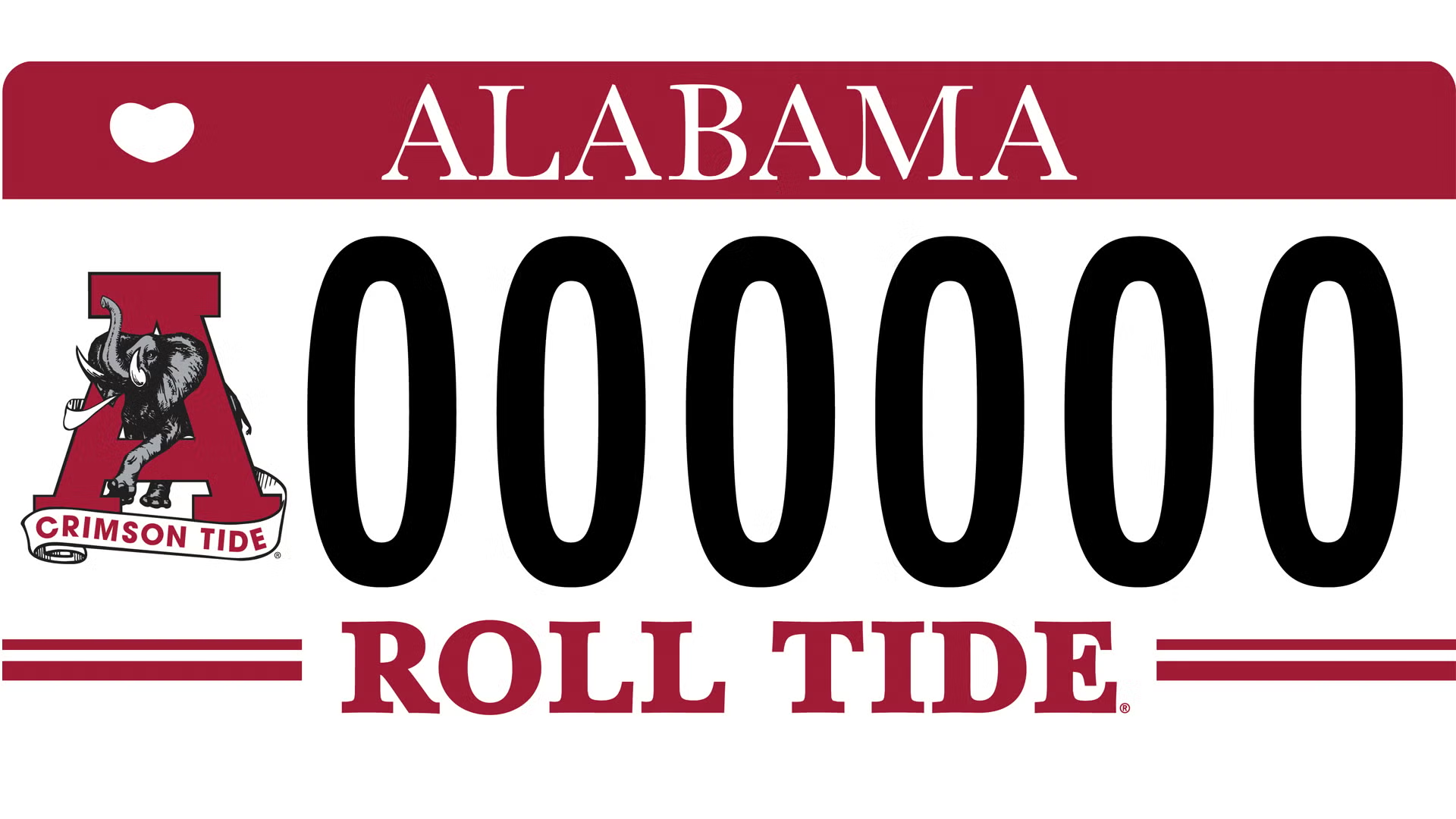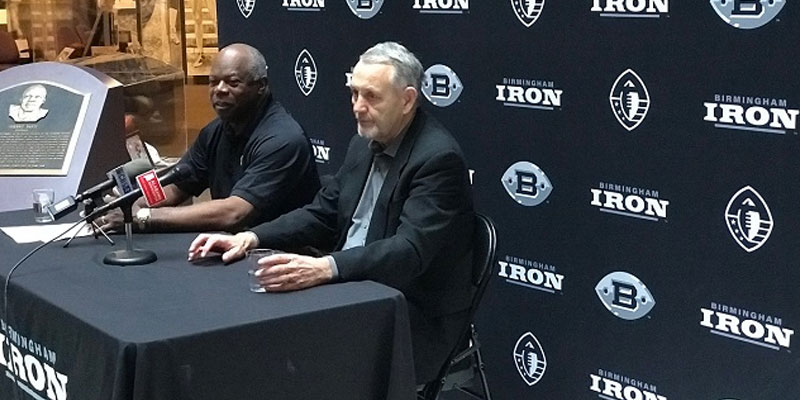Anyone on the shorelines of Lake Martin this time of year sees homes alight with dazzling and sparkling holiday decorations.
The Lake Martin Resource Association has been working for years to bring a different type of lighting to the lake.
The organization leads an effort to put lights atop hazard markers across Lake Martin. That’s no small task for a lake with more than 400 markers.
So far, about 85 buoys are lighted. LMRA leaders would like to see that number approach 200 in coming years.
The Alabama Marine Police have granted LMRA authority to place hazard markers on Lake Martin. The marine police oversee hazard markers on Alabama lakes.
Of the 400 hazard markers LMRA maintains, most are floating 6-foot white buoys with red markings and a red diamond indicating “hazard.” The buoys are anchored by stainless steel cables and 100-pound concrete blocks. Some hazards are marked by a pole marker with similar red and white markings.
LMRA leaders decided to add lights to help curb nighttime boating accidents. The “Light Up Lake Martin” program features solar-powered lights visible within a 1-mile radius. LMRA’s focus is to outfit high-traffic areas first.
“For these lit buoys, we chose open waters, areas that have a lot of boating and a lot of nighttime boating,” said Rendell Clark, LMRA boating safety chairman. “Boating at night has become a lot more popular over the last few years.”
While LMRA has maintained buoys since the 1970s, the effort to light buoys has come about recently.
“By 2020, we should be getting close to our goal, but that may be a little ambitious,” said John Thompson, LMRA president. “When we started this, we were around 24 buoys, and we are now into our third year.”
Lit buoys are considerably more expensive. A non-lit buoy runs about $150, but the light and bracket for a lighted buoy drives the cost up to $450 or more.
Buoys last several years; however, they must be replaced eventually, and sooner if damaged by a collision or storm. Last year, LMRA replaced 80 buoys. So far, the group has replaced 12 lit buoys.
“They get hit or will wear out. We never anticipated replacing those 12 so quickly. That really slowed us down,” Clark said. “It’s an ongoing process of maintaining and replacing.”
A team of LMRA volunteers uses pontoon boats to perform buoy placement and maintenance. They work on weekdays to avoid water traffic on the busier weekends.
The cost of the buoy program is paid for by LMRA members and constitutes 65 percent of the organization’s budget.
For more information about LMRA and its buoy program, visit lmra.info.
This story originally appeared in Alabama Power’s Shorelines.
(Courtesy of Alabama NewsCenter)




